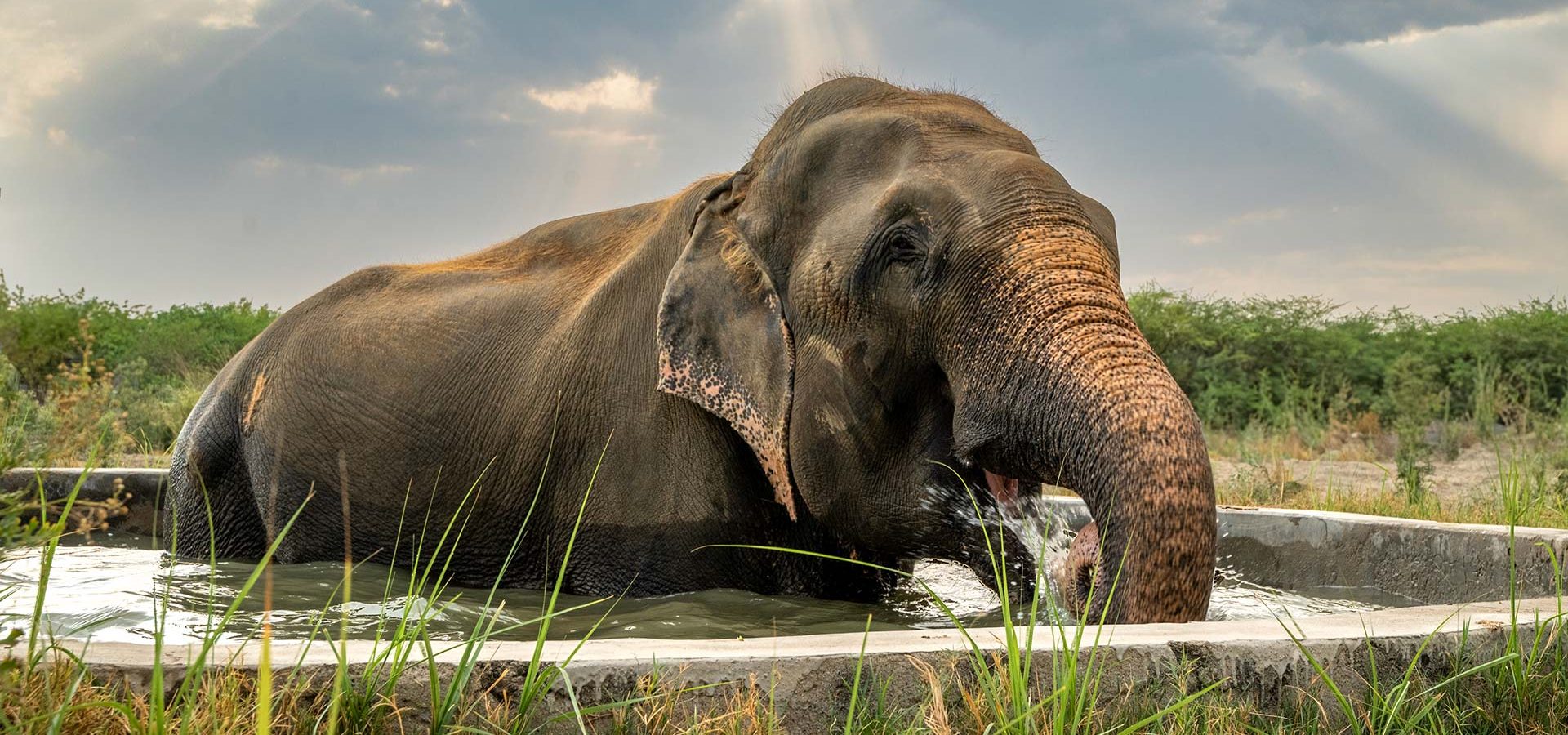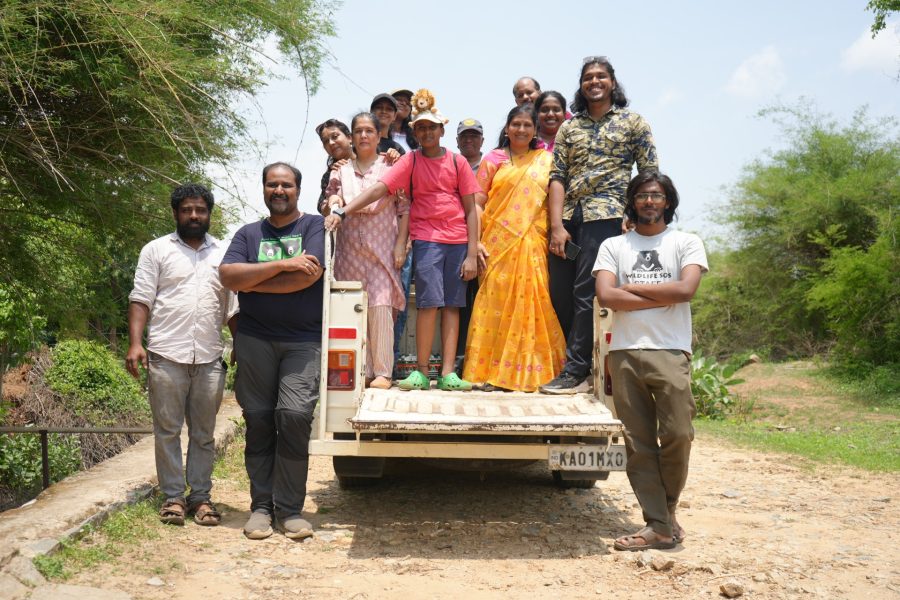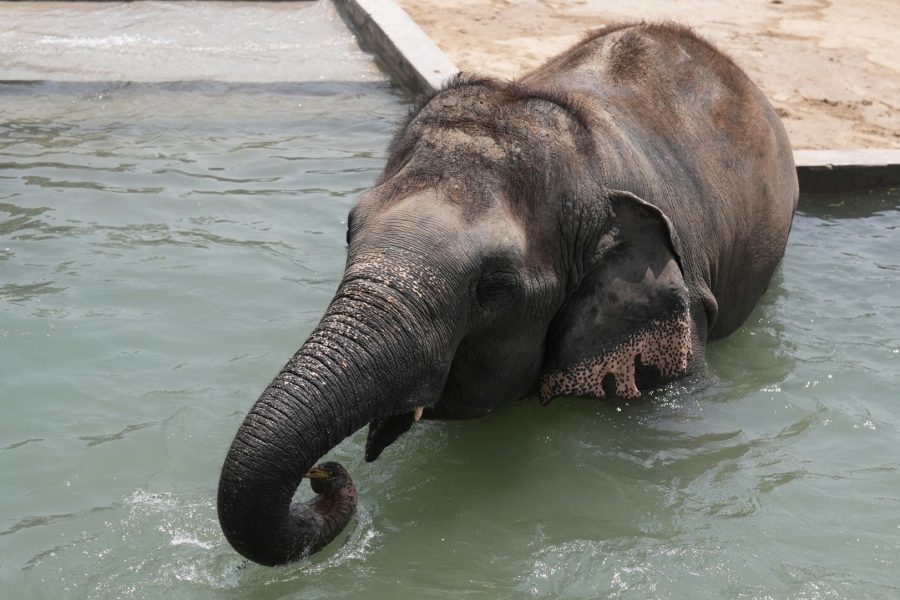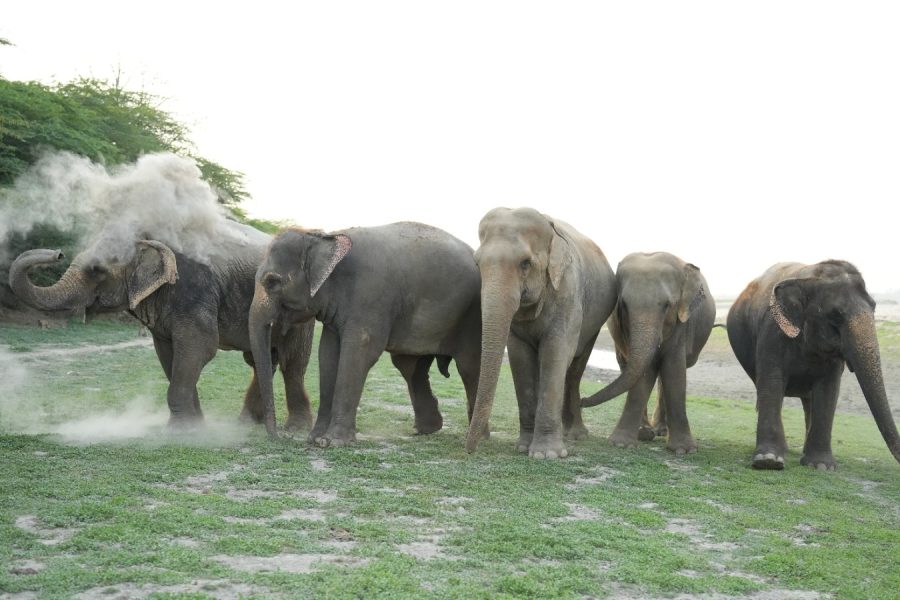Many of us may have heard the term ‘Butterfly Effect’. It’s a concept from Chaos Theory that posits how a small change can lead to significant consequences. Edward Lorenz, the father of Chaos Theory, famously explained it with the example of how a butterfly flapping its wings in Brazil can subsequently produce a tornado in Texas. For those who have followed the story of the rescued elephant Raju at Wildlife SOS, the “Butterfly Effect” is not just a theoretical concept, but a living reality.
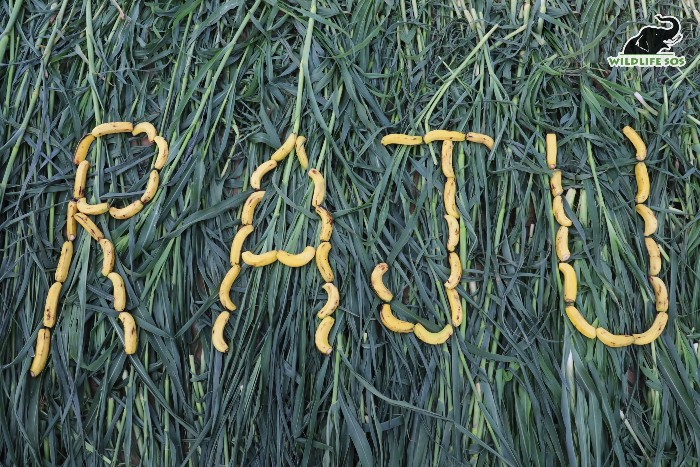
Raju’s Rescue: The Flutter of a Butterfly’s Wings…
As the clock struck midnight to bring in 4th of July in 2014, it wasn’t just the United States of America celebrating their Independence Day, an elephant named Raju was taking his first steps towards freedom at the Elephant Conservation and Care Centre (ECCC) in Mathura, India. After enduring 50 years of extreme abuse, mistreatment, and slavery by his previous owners and mahouts, who changed hands for Raju nearly 27 times, the disregarded pachyderm finally found a forever home at Wildlife SOS, where he would gradually begin to trust the people who were genuinely caring for him.
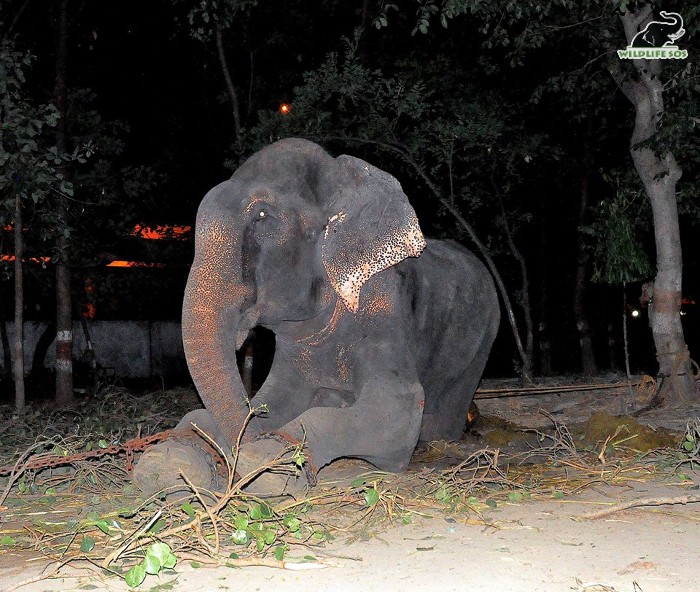
Raju was separated from his herd as a young elephant, and underwent the excruciatingly painful process of phajaan, which shattered both his spirit and body to make him amenable for the begging trade. Chained, beaten, and forced to beg on the scorching streets of Uttar Pradesh, Raju’s body bore countless scars and open wounds that spoke loud of the torture he suffered from. His captors used spiked chains and hooks to control him, inflicting deep wounds that resulted in chronic foot pads and hip abscesses, as well as tail injuries that stemmed from aggressively pulling out tail hairs to sell them as good luck charms.
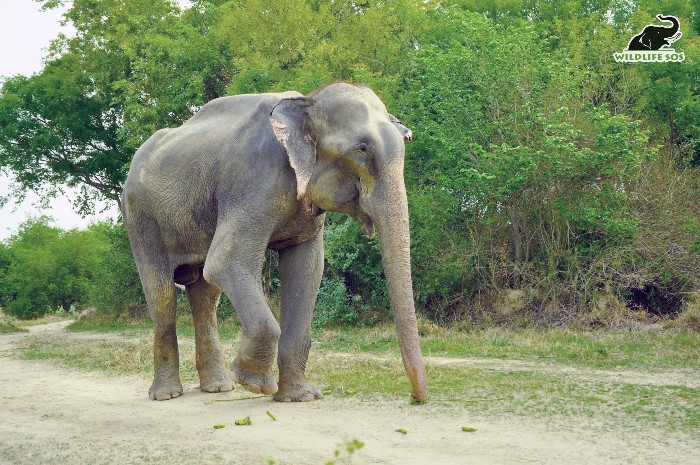
Raju’s agony was so severe that when his rescuers approached him to remove the chains from his legs, tears streamed from his eyes, as if he sensed that he was finally released from an unjust life imprisonment. Now, a decade later, watching this pachyderm joyfully play with water and mud on a hot summer day truly conveys that he has rediscovered himself. One can hardly see the emaciated pachyderm he used to be; his resilience is visible in every movement he makes.
The Tornado that his Rescue Created
Raju’s rescue did not just mark a monumental achievement for him, it ignited a ripple effect that transformed wildlife conservation, leaving us at Wildlife SOS astounded. His story organically captured the attention of numerous national and international media outlets, raising widespread awareness on the plight of Asian elephants and other wildlife in captivity. This sparked a global conversation about animal rights and the critical need for wildlife conservation.
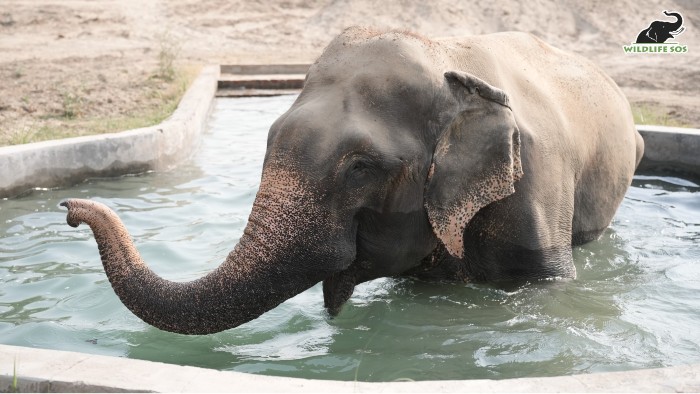
Inspired by Raju’s story, various organisations and governments took decisive actions against animal cruelty. Laws and regulations governing the treatment of elephants and other wildlife saw significant improvements. In 2014, when Raju came under our care, approximately 67 elephants were still being used in circuses in India. Today, all performing animals, including elephants, are banned from circuses. This helped in the rescue of our pachyderms like Peanut, Coco, Wally, Mac, Suzy, Rhea, and Mia who no longer have to forcibly perform in Indian circuses.
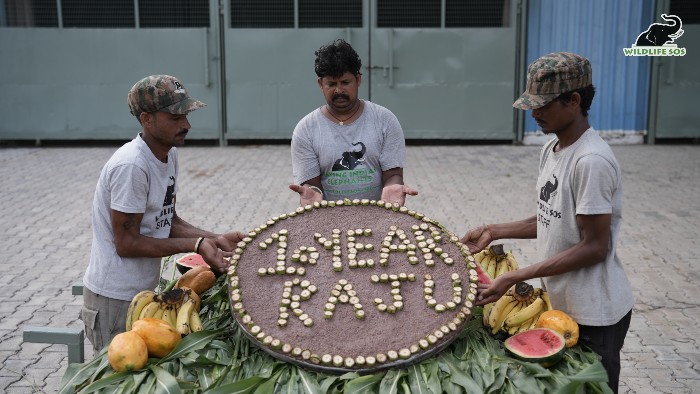
Moreover, elephants were once hired for ceremonies and weddings in Delhi. However by 2019, through numerous collaborative efforts, Wildlife SOS marked another milestone by rescuing the last working elephant from the streets of Delhi, Jasmine.
Impact on Individuals and Communities
Raju’s rescue also had a profound impact worldwide. Many were deeply moved by the striking images of his suffering and his subsequent liberation, fostering a more compassionate attitude towards animals. This expanded our support base, enabling us to rescue and rehabilitate many more elephants from similar harsh conditions. Raju’s journey became a symbol of hope that inspired more people to involve themselves in our cause, enabling us to provide the best possible medical and psychological care these traumatised pachyderms desperately needed.
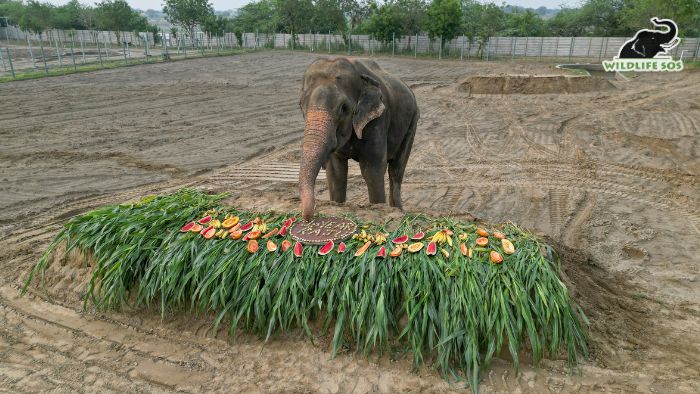
Advocating for Ethical Tourism
Another critical issue that we had hoped Raju’s rescue would bring to light: the connection between tourist rides and elephant abuse. Many are still unaware of the horrifying truth behind elephant rides that led us to initiate the ‘Refuse to Ride‘ campaign. Before COVID-19, we saw a positive trend with more travel agencies adopting ethical positions, discouraging elephant rides and promoting natural experiences such as visiting national parks, where tourists could see elephants in the wild. Raising awareness about the cruelty behind elephant rides remains a critical mission of ours, and Raju’s story continues to serve as a powerful reminder of the urgent need for ethical and compassionate tourism practices.
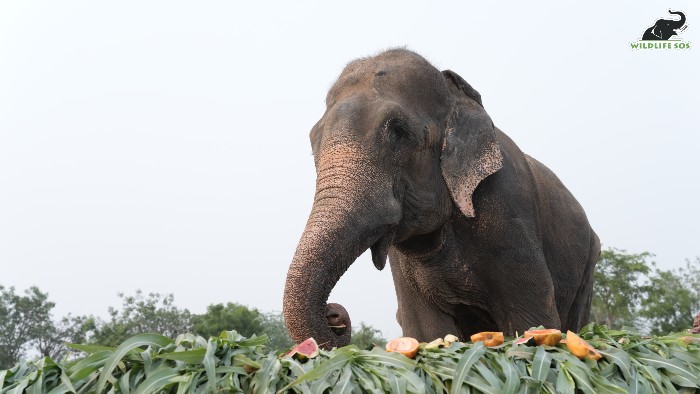
As we celebrate Raju’s 10th rescue anniversary, we reflect on the profound changes his rescue initiated — not only in his personal life, but also for all those that come under this umbrella. Raju’s rescue created the Butterfly Effect to transform lives, laws, attitudes and perspectives towards wildlife conservation. Raju’s journey from trauma to peace embodies hope, inner strength, and the power of collective action. If his story inspires us to continue advocating for the rights and well-being of all animals, consider becoming a supporter of Wildlife SOS and help us provide for numerous other elephants in need.

